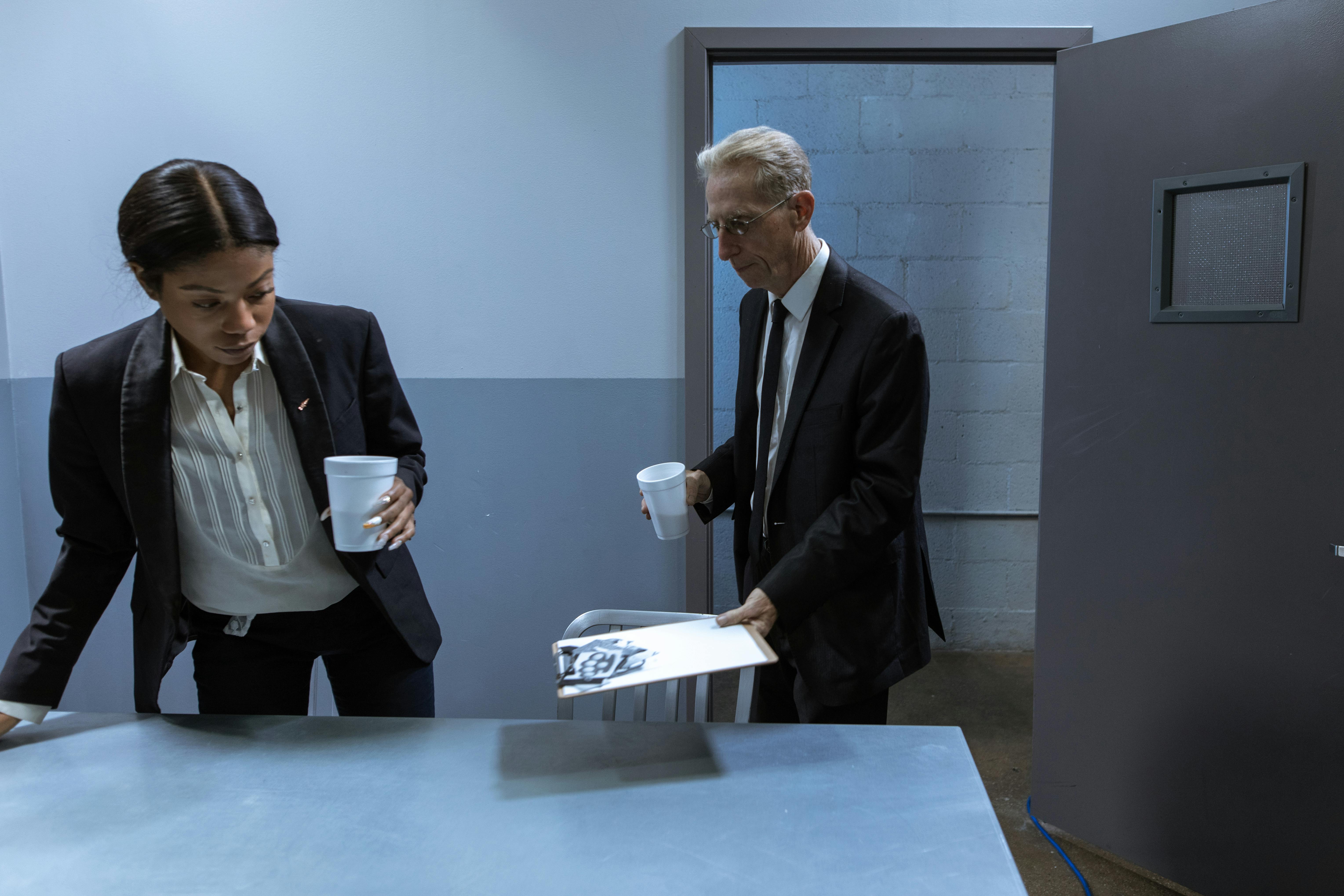In financial elder abuse cases, it is often difficult to prove that the defendant intended to commit fraud against an elder. Many times the elder is incapacitated and unable to give meaningful testimony at trial and the only witness who can testify is the accused.
Constructive fraud can then play an important role in proving the case for financial abuse.
The actual fraudulent intent of the defendant is not required. Instead, the law looks for other factors to show that a fraudulent act occurred.
These other factors include the existence of a confidential or fiduciary relationship in which the defendant had the opportunity to take advantage of or exert undue influence on the elder.
For example, a paid caregiver who spends a considerable amount of time with an elderly person will have developed such a special confidential relationship. When this occurs, the caregiver has a moral, social and domestic duty not to take advantage of the weaker mental state of the elderly. But how can fraud be committed when the defendant had no real intention of committing fraud?
Here’s an example: A caregiver wants to receive a cash gift from the elder and convinces her that it would be wonderful if she signed several checks for the eldest’s children, and then drops a hint that the caregiver would appreciate such a gift too. The elder agrees, signs all the checks, and the caregiver agrees to give them to the children.
However, the caregiver then decides that he wants all the money and forges the signatures of the eldest’s children and endorses each of their checks to the caregiver. Under this scenario, the fraudulent intent was not present until after the elder signed all the checks. However, the totality of the circumstances, including the initial wish of the caregiver to receive their own gift, clearly show that the caregiver’s action was fraudulent and that they breached their duty to gain an advantage over the elder.
In California, the fiduciary relationship has been extended to all possible cases where a fiduciary relationship exists as a fact. Such a relationship need not be legal; it can be moral, domestic, or merely personal (Foster v. Keating (1953) 120 CA2d 435).
When such a special relationship can be demonstrated, the law imposes the presumption that the elder was subjected to undue influence. This acts to shift the burden on the defendant to prove that the fraud did not occur.
This presumption is implemented to promote the public policy of insuring the property and money of an elder when they have been entrusted to others.
Constructive fraud is another theory to show that financial abuse of the elderly occurred when the evidence is limited due to the disability of the elderly. Lawyers must use theory as one of the many other causes of action that must be included in a financial abuse lawsuit.




